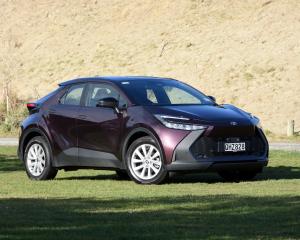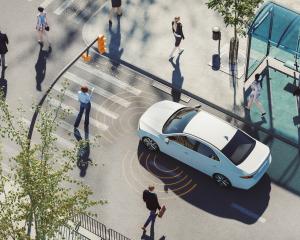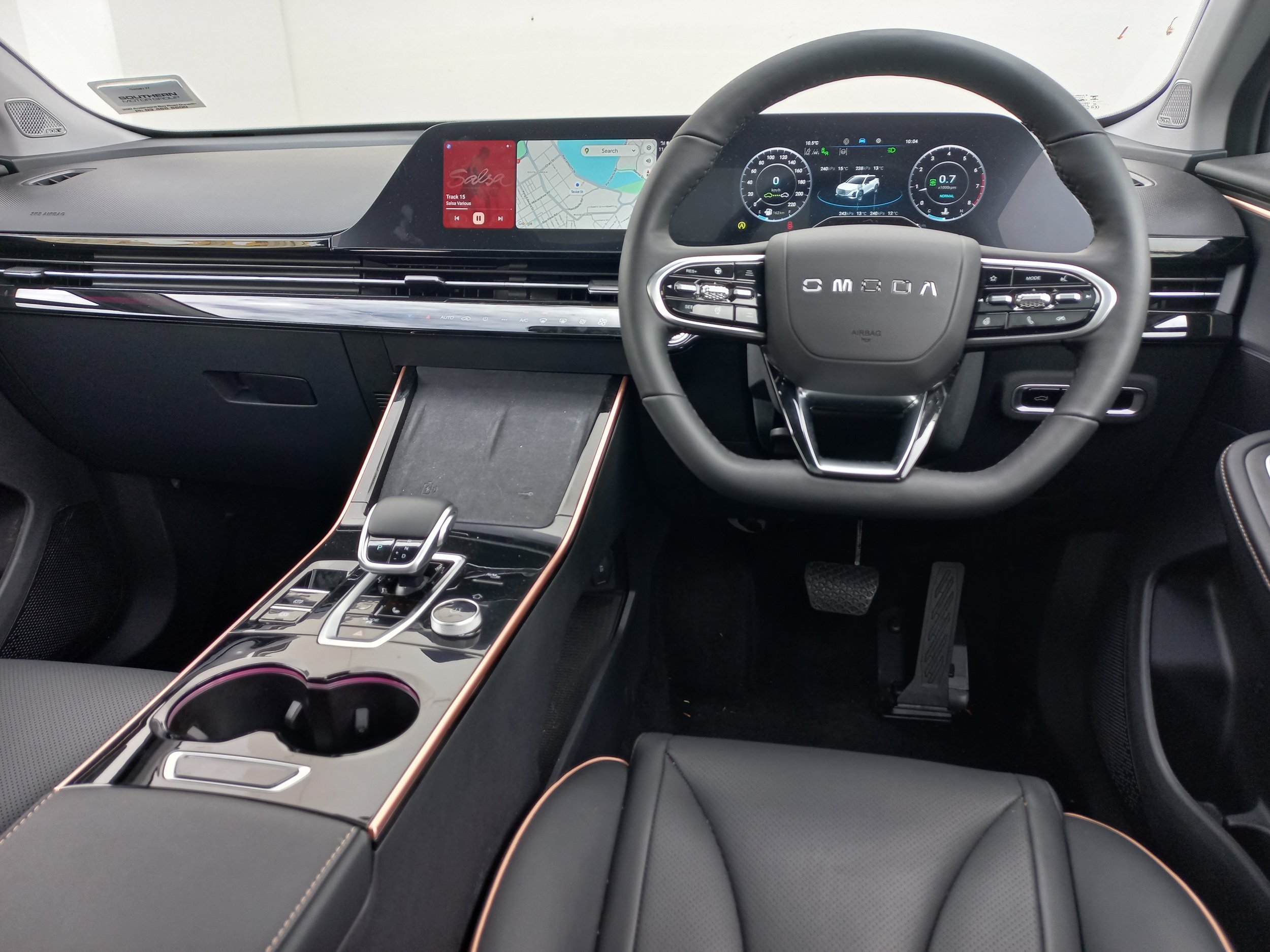
ROAD TEST
What’s new?
Of the three new Chinese brands to launch here last year, Omoda has made the strongest start, notching up 468 registrations of the C5/E5 compact crossover that is its sole Kiwi model offering at present. That’s more sales than the likes of Jeep, Peugeot or Volvo managed across New Zealand in 2024 and was enough to secure Omoda 23rd place among the 60 different marques of new car that sold here last year.
By way of further back story, Omoda is a subsidiary of Chinese automotive giant Chery, as is JAECOO, which also landed here for the first time in 2024. Omoda was only launched as a distinct brand globally in late 2022, so is very much a new player on the international as well as local scene. Parent company Chery has, however, been producing cars for 28 years now, and has come a long way since it first dipped its toes into our market with some decidedly average product from 2011 to 2014.
Sharp pricing remains part of the appeal with Omoda, but the C5 (petrol-powered) and E5 (fully-electric) tick other boxes, including the maximum possible 5-Star ANCAP safety rating. A seven-year warranty, with unlimited mileage for non-commercial buyers, adds further piece of mind, while the E5 has an eight-year warranty for its battery.
The electric Omoda line comprises the $40,990 E5 BX and the $44,990 E5 EX, both of which deploy a 60.4kWh battery to power a 150kW/350Nm electric motor.
On the petrol side, there’s the C5 BX at $29,990, the C5 EX at $34,990, and the flagship GT, which lists at $37,990 in front-drive guise, and at $39,990 with all-wheel-drive. The C5 BX and EX both deploy a 108kW/210Nm 1.5-litre turbo engine, while the GT packs a peppier 137kW/275Nm 1.6-litre turbo.
Having sampled the 1.5-litre variant some months ago, Drivesouth was supplied with the front-drive C5 GT for this appraisal.
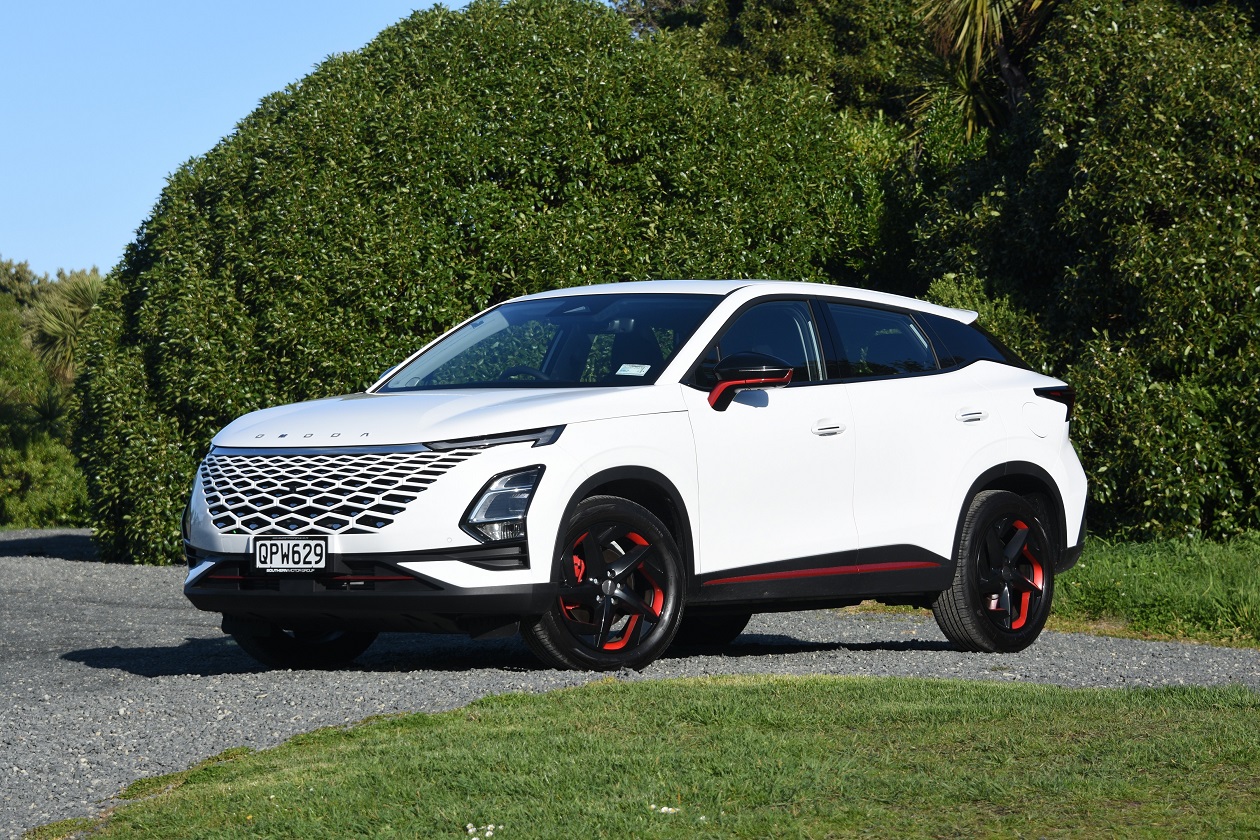
What’s it look like?
Being the first of its line, the Omoda C5 doesn’t have an established family look to anchor on.
Instead, its overall form is that of a fairly generic compact crossover, perhaps reflecting that its design was benchmarked against a diverse range of established mainstream models including the Hyundai Kona, Mazda CX-30 and Toyota C-HR. Size-wise it’s actually a bit bigger than these models, more akin to the likes of the Mazda CX-5 and Toyota RAV4.
Opting for a bold, distinctive nose is one easy way to stand apart, and the C5 certainly ticks this box, boasting an upright lattice-style grille. The grille gained extra prominence on the GT test car through being finished in lunar white with jewelled chrome inserts. A $500 extra-cost paint option that includes red brake callipers and red flashes on the back alloys and exterior mirrors helped it stand out further, though while it has uprated brakes, the GT sits on 18-inch wheels just like its lesser siblings.
The GT’s exterior badging includes an element of mystery at the rear, with a "290T" label adorning the tailgate. Apparently the three-digit number references the torque produced by the engine in some markets (but seemingly not here, where a lesser 275Nm is delivered), while the "T" signifies turbocharging.
What comes as standard?
Even the entry-level C5 BX is well-equipped, and especially so given its sharp pricing. LED exterior and interior lighting, heated power mirrors, rain-sensing wipers, front and rear parking sensors, a reversing camera, keyless entry and start, artificial leather trim, a power-adjusting driver’s seat, and dual-zone climate control are all provided at base-level. So too is a dual digital display comprising a 10.25-inch instrument cluster and same-sized centre touchscreen, along with voice control, an excellent 8-speaker Sony sound system and USB A and C plug points
The C5’s comprehensive 17-item active safety package is also standard across the range. It includes such items as adaptive cruise control, lane-keeping assist, autonomous emergency braking, cross-traffic alerts, auto-dipping headlights, speed-sign recognition and a driver-attention and alert-monitoring system,
The EX adds a 360° surround-view camera, puddle lamps, a special welcome-home light display, a power sunroof, power operation for the front passenger’s seat and tailgate, a heated steering wheel, and smartphone mirroring.
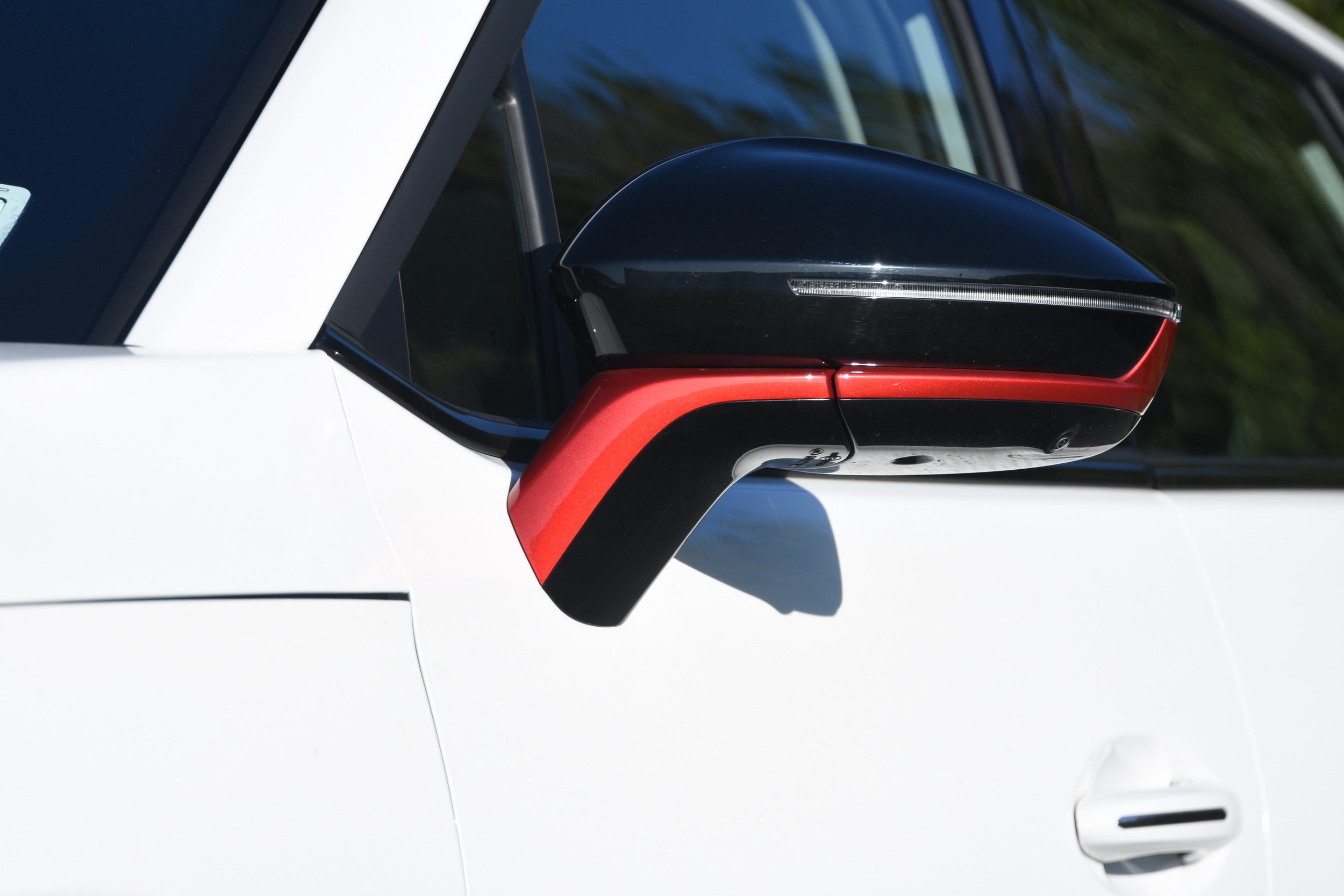
What’s it like inside?
When fellow Drivesouth contributor Richard Bosselman sampled the EX last year, he made special mention of the orchestral aural "welcome" that occurs when one slips behind the wheel of the C5. Even forewarned, I was not fully prepared for the fulsome sound swell, with a drama that Richard nailed in describing as the kind you might normally associate with a "breaking news announcement".
The cabin is generously proportioned, and I was impressed by the standard of interior fit and finish, including the thoughtful deployment of soft-touch and contrast surfacing, contrast stitching, and metallic-bronze highlighting.
Up front there is ample leg and shoulder room, with the seats separated by a broad centre console. The GT’s front seats have a somewhat sporty style, with a firm squab and supportive bolstering, but height adjustability is lacking, in part because the panorama sunroof eats into headroom.
Dual digital-display screens dominate the driver’s side of the dash, with the ventilation controls located on a separate panel under the touch screen. The screen displays are crisp and clear, and smartphone mirroring with an Android device was simply accomplished on test.
The centre console provisions a phone tray at the front with dual cupholders placed behind the gear lever and associated drive-control buttons. There’s a separate hidden storage cavity under the console, and a deep-chilled centre bin with a padded lid that doubles as the front centre armrest.
The rear seats will accommodate two in reasonable comfort or three at a pinch, albeit with a slightly knees-up seating position for taller folk. There’s a fold-down rear-centre armrest and a rear USB plug point. Boot space extends from 325-litres below the load cover to 378 when fully loaded, and over 1025-litres when the rear-seat back (split 60:40) is folded forward.
What’s it like to drive?
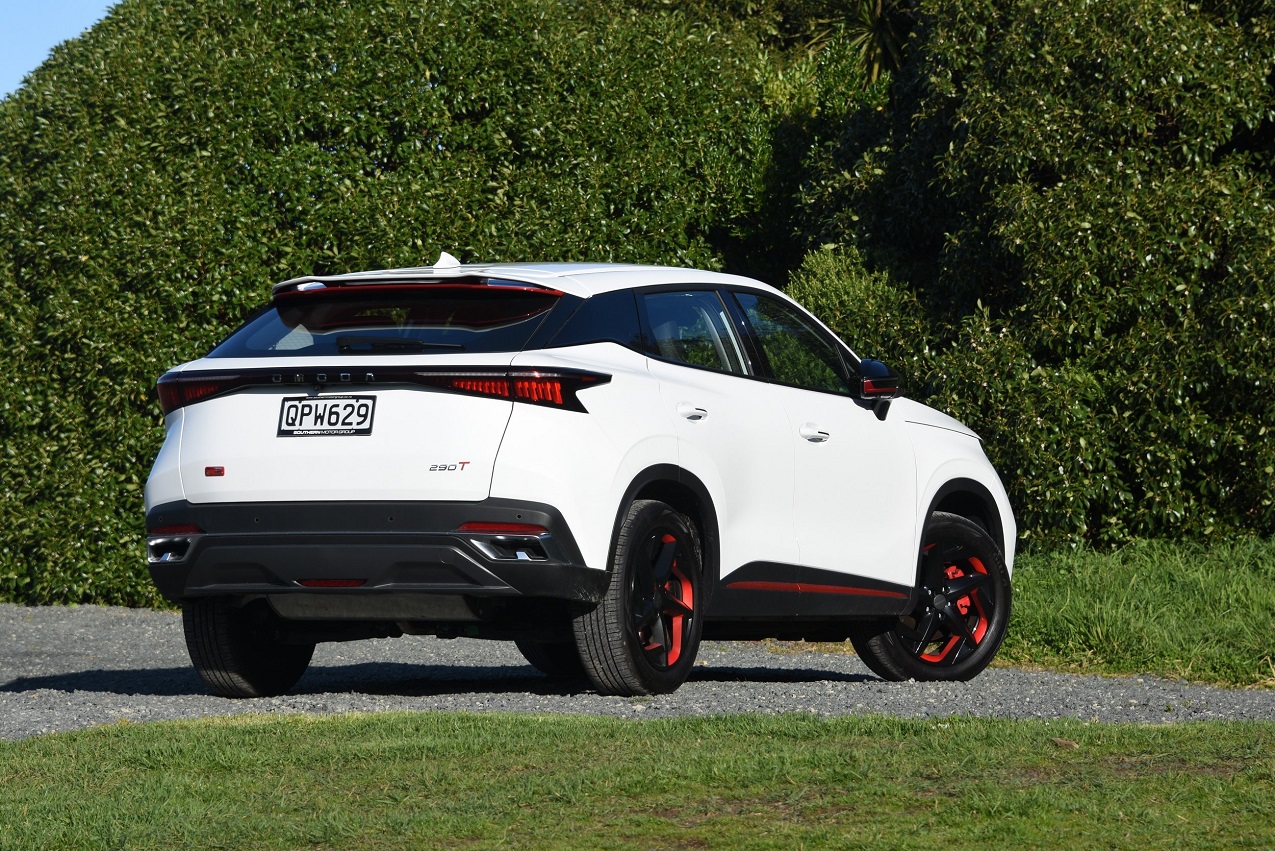
Road testing included a return trip from Dunedin to Invercargill as well the usual mix of round-town and back-road motoring.
With its small and quite high-set rear window, the C5 doesn’t offer gear rear visibility, but the view from the driver’s seat is fine otherwise. Key controls are logically placed and, as previously mentioned, the display screens are crisp and clear.
Having roughly 25% more power and 30% more torque than the BZ and EX, and a more sophisticated gearbox too, the GT delivers superior performance. Various acceleration figures have been bandied about, among which I reckon a 0-100kmh sprint time of a shade over 8sec in sport mode feel about right; this is at least 1.5sec faster than the lesser 1.5-litre variants manage, which is quite a difference.
Further, because its’s not being asked to work so hard, the GT’s mechanical refinement is better. Likely for the same reason, economy for the 2WD GT is also slightly superior, albeit with a requirement to run on 95 rather than 91 octane petrol; 7.1l/100km was a pleasing economy return on test.
Omoda has engaged in some specific suspension fine-tuning for Australia and New Zealand. However, with the test car running Singapore-origin Giti Comfort F50 tyres even on the GT, the remit still prioritises low to mid-speed ride comfort over crisp handling.
Despite light controls, a tendency to scrub into gentle understeer in response to any truly spirited attempts at cornering, and some scrambling for grip accelerating in the wet, the test car’s road manners were good overall. Driven in a measured fashion, it is benign and predictable, and once accustomed to its underlying nature, the vehicle could be driven quite briskly though the tactile rewards that accrue to the keen driver when doing so are limited.
On the other hand, progress is generally refined, both because the suspension is quite absorbent, and because road, engine and wind noise are all well contained.
Verdict
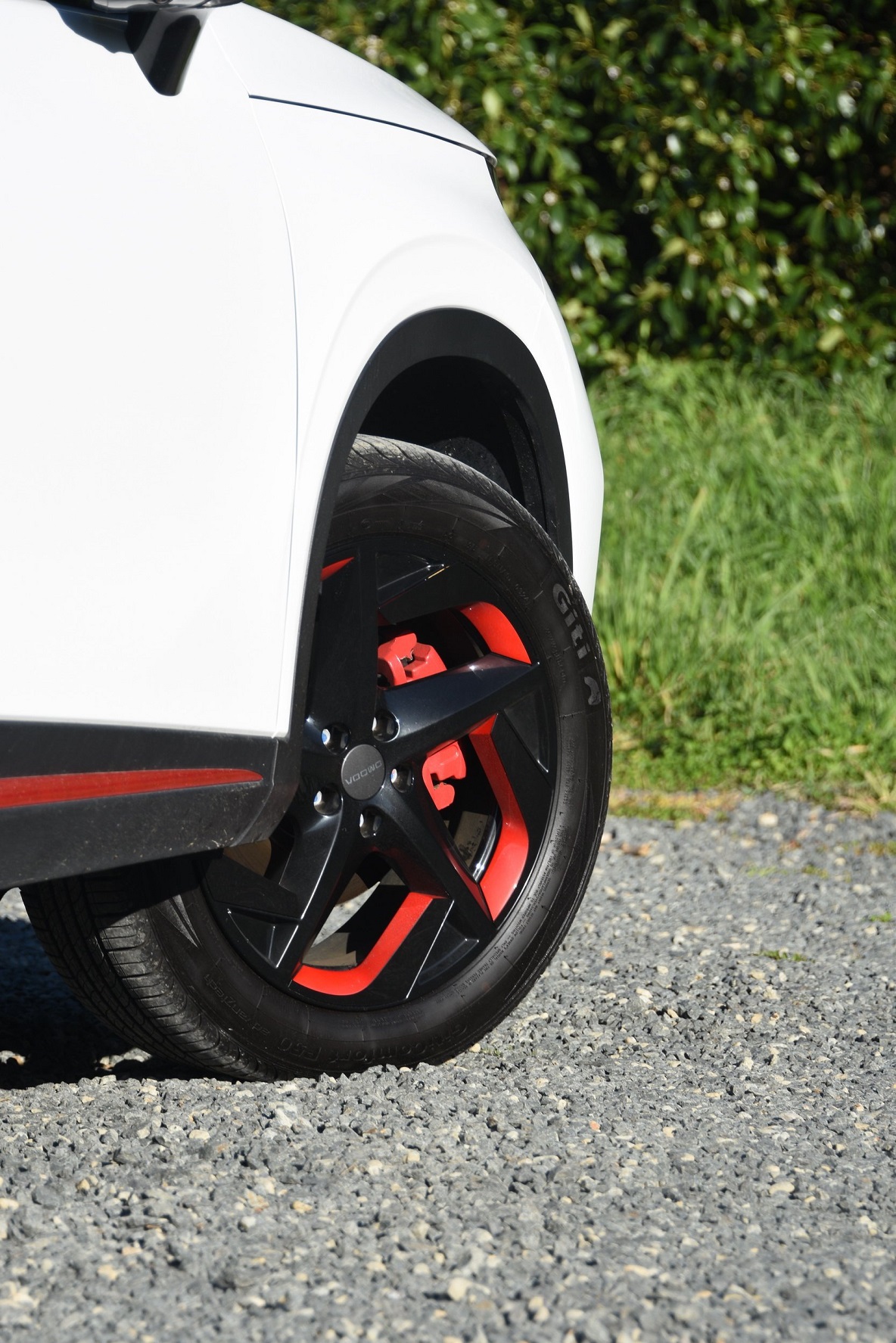
At A GLANCE
OMODA C5 1.6 GT
Overall rating: ★★★
Design and styling: ★★★★
Interior: ★★★★
Performance: ★★★
Ride and handling: ★★★
Safety: ★★★★
Environmental: ★★★
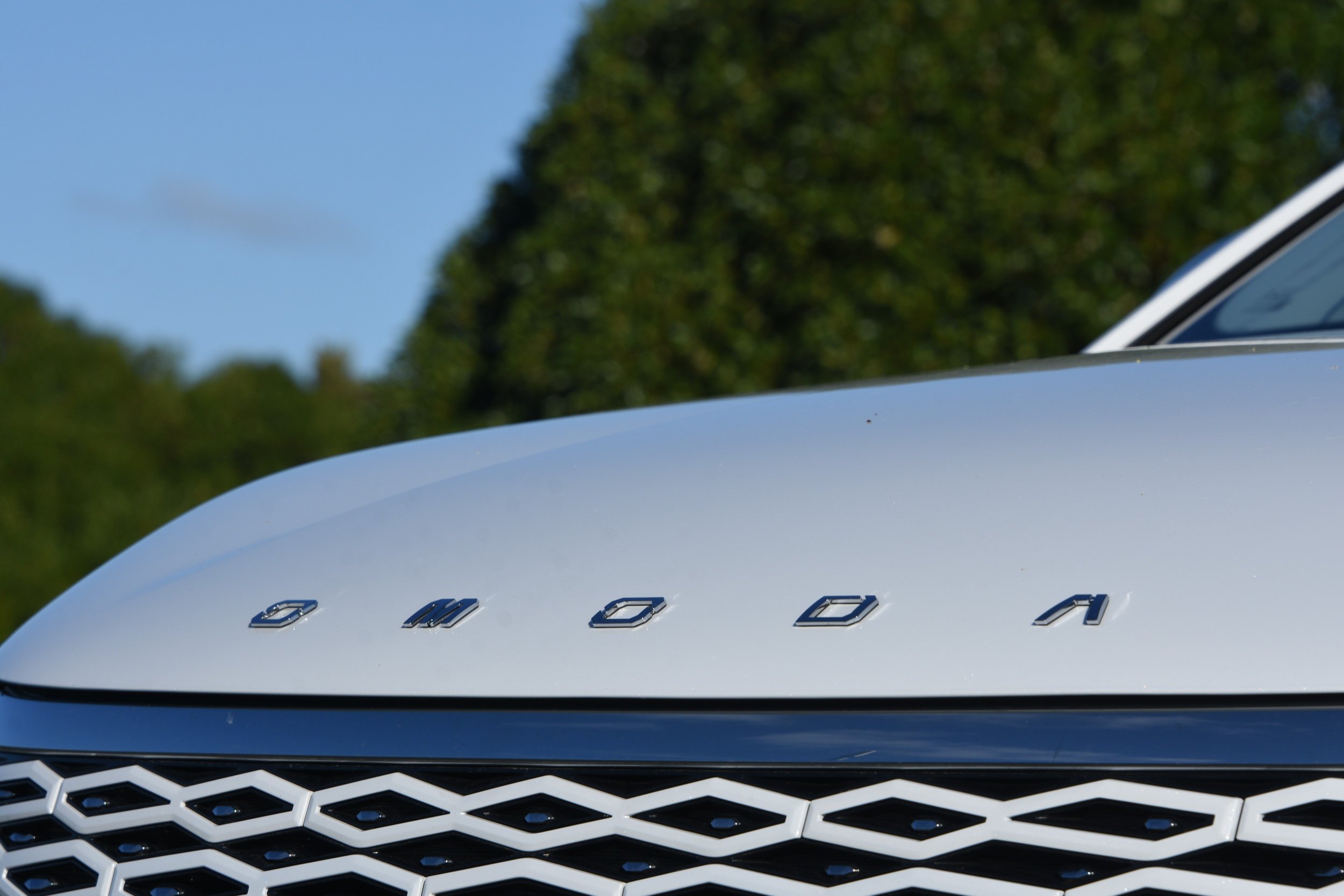
Price (as tested): $38,490
Engine: 1598cc four-cylinder petrol, 137kW/275Nm.
Transmission: 7-speed dual clutch automatic, front-wheel-drive.
Safety rating: Five-star ANCAP.
Wheels and tyres: Alloy wheels, 215/55 R18.
Fuel and economy: 95 octane petrol, 6.8 litres per 100km, tank capacity 51litres.
Emissions: 162 grams of CO₂ per kilometre on combine cycle.
Dimensions: Length, 4374mm; width, 1830mm; height, 1588mm.
By David Thomson

